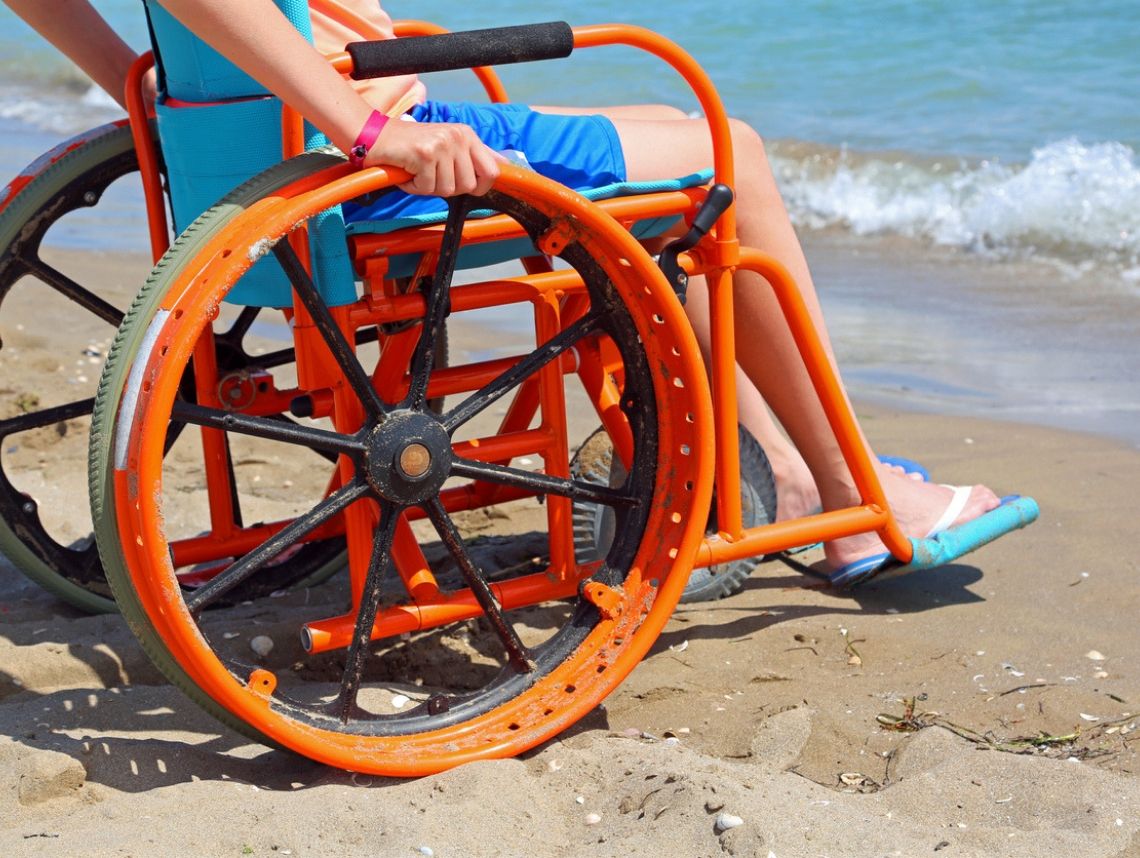Learning that a loved one has a dire medical diagnosis can make you feel that the entire weight of the world is on your shoulders. This is especially the case if the patient diagnosed is your child. You need to gather as much information as possible and have all your questions answered.
When it comes to muscular dystrophy, you may find yourself bewildered about what it means and what you can do to help your child. What caused it and is there anything you can do to improve their quality of life?
What is Muscular Dystrophy?
Muscular Dystrophy (MD) is a degenerative condition that causes progressive weakness and loss of muscle mass. As the illness progresses, it becomes more difficult for the patient to move, and they will gradually lose their ability to walk, sit upright, and stand up. In some cases, it can also affect the muscles that assist the body in breathing, as well as those in the heart. In those instances, MD can be life-threatening.
In pediatric cases, the child may develop normally in the beginning, until at some point problems with movement will become apparent. When the condition develops during childhood, it’s usually diagnosed between the ages of 3 and 6.
To date, there is no cure for Muscular Dystrophy.
5 Types of Pediatric Muscular Dystrophy
There are several types of Muscular Dystrophy. The most common in pediatric cases include:
1. Congenital Muscular Dystrophy
Signs of congenital Muscular Dystrophy are present at birth. Parents usually notice signs around age 2, when the child shows difficulty sitting up, raising their arms, crawling, or standing up.
2. Duchenne Muscular Dystrophy
This is the most common type of pediatric MD, and it typically affects boys. The symptoms of Duchenne MD usually start by affecting the hips, between the ages of 2 and 6. By the time the child is a teenager, MD has affected the heart and lungs.
3. Emery-Dreifuss Muscular Dystrophy
This type of Muscular Dystrophy also begins during childhood, but it only affects boys. Symptoms are less severe than those of Duchenne MD.
4. Limb-Girdle Muscular Dystrophy
This type of MD also starts in the hips, and symptoms begin to appear during the teenage years.
5. Facioscapulohumeral Muscular Dystrophy
This type of Muscular Dystrophy primarily affects the muscles of the face, shoulders, and upper arms. Symptoms generally show up during adolescence.
Causes of Muscular Dystrophy
Muscular Dystrophy is caused by genetic mutations that prevent the production of proteins that muscles need to maintain muscle mass.
Early Signs of Muscular Dystrophy
When the patient is a child, it’s important to recognize early signs, since when they’re very young, children don’t have the ability to articulate their symptoms. They may also show signs before they experience symptoms. Some of the earliest indications of Muscular Dystrophy include:
- Clumsy movements
- Waddling when walking
- A curvature of the spine
- Falling frequently
- Walking on toes
- Speech delays
- Facial weakness
- Large Calves
Muscular Dystrophy Symptoms
- Muscular pain
- Muscle stiffness
- Difficulty sitting down or standing up
- Breathing difficulties
- Difficulty swallowing
Muscular Dystrophy Diagnosis and Treatment
If your child’s pediatrician suspects Muscular Dystrophy, they may order a biopsy, electromyography, or genetic testing.
Treatment options for Muscular Dystrophy include medication to slow the progression of the disease, as well as physical therapy exercises. In some cases, braces may be necessary to prevent deformity.
When the condition progresses to the point where the patient can no longer move independently, their doctor may also recommend the use of a cane or a walker. At some point, a patient may require a wheelchair. Since there is no cure for MD, the patient will need to learn lifelong management of the condition.
Risk Factors for Developing Muscular Dystrophy
MD is a hereditary condition, so anyone with a family history of Muscular Dystrophy has an increased chance of developing it as well.
Contact Us for Assistance
At Sonas Home Health Care, we understand that caring for an ailing loved one can be overwhelming.
If you are considering pediatric home health care services in Florida, contact the caring staff at Sonas Home Health Care. Call today (888) 592-5855.
This blog was reviewed by Jillian Miller BSN, RN — Director of Nursing for Sonas Home Health Care’s Tampa Bay market — for clinical accuracy. Jillian Miller has been a nurse for 16 years — working primarily in pediatrics. She believes the best part of working with the pediatric population is when you see smiles from clients when you first enter the room. She loves seeing the difference you can make in families’ lives while providing the best care possible for them.

